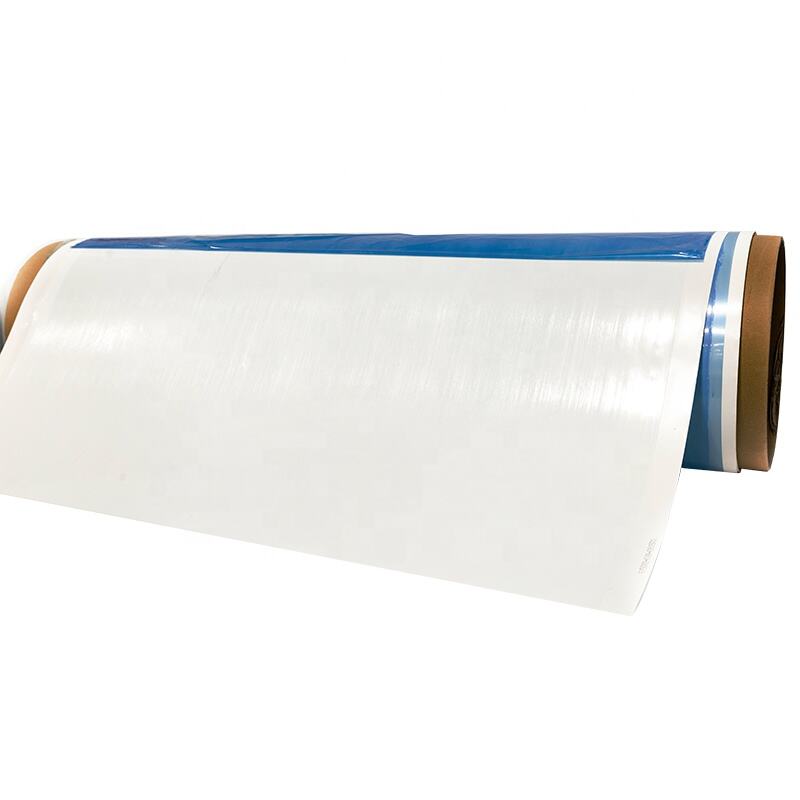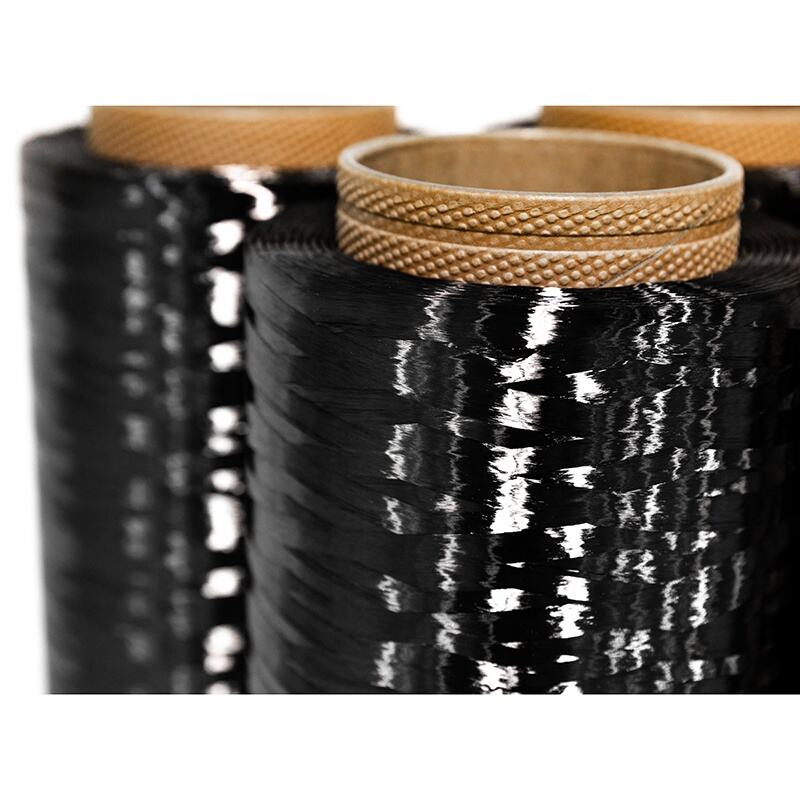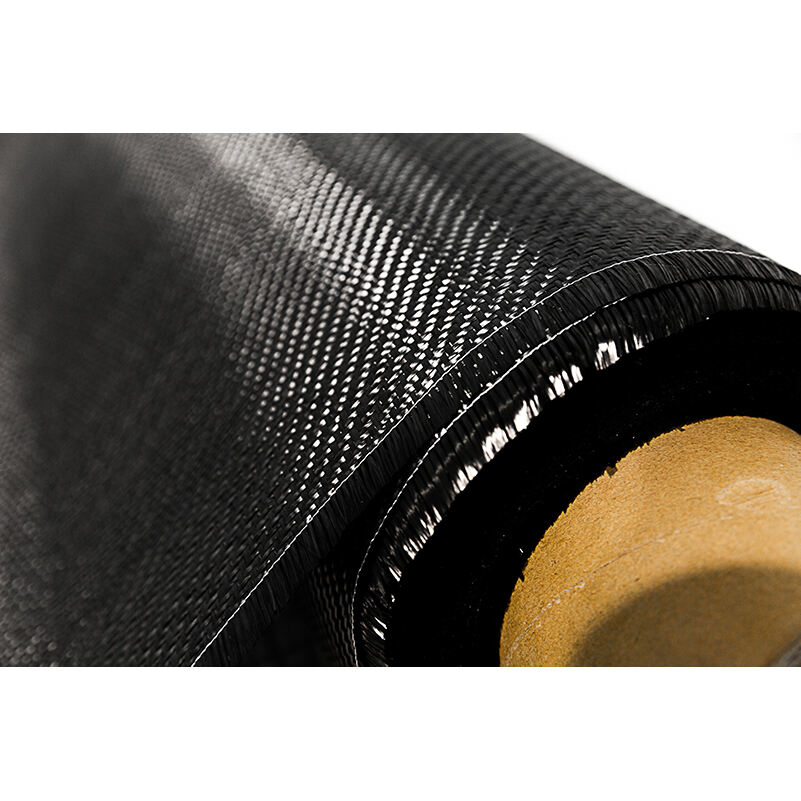carbon twill weave
Carbon twill weave represents a sophisticated textile pattern characterized by its distinctive diagonal ribs, created through the intricate interlacing of carbon fibers in an over-under pattern. This specialized weaving technique produces a fabric that combines exceptional strength with visual appeal, making it increasingly popular in various high-performance applications. The structure consists of carbon fibers woven in a repeating pattern where each weft thread passes over two or more warp threads, then under two or more warp threads, creating the characteristic diagonal pattern. This weaving method enhances the material's stability and handling characteristics compared to plain weave patterns. The resulting fabric demonstrates superior draping abilities, making it easier to conform to complex shapes and curves. This versatility has made carbon twill weave a preferred choice in aerospace, automotive, and sporting goods manufacturing. The material offers an excellent balance of mechanical properties, including high tensile strength, impact resistance, and dimensional stability. Its unique structure also provides better resistance to wear and tear while maintaining aesthetic appeal, particularly important in visible applications where both performance and appearance matter.


